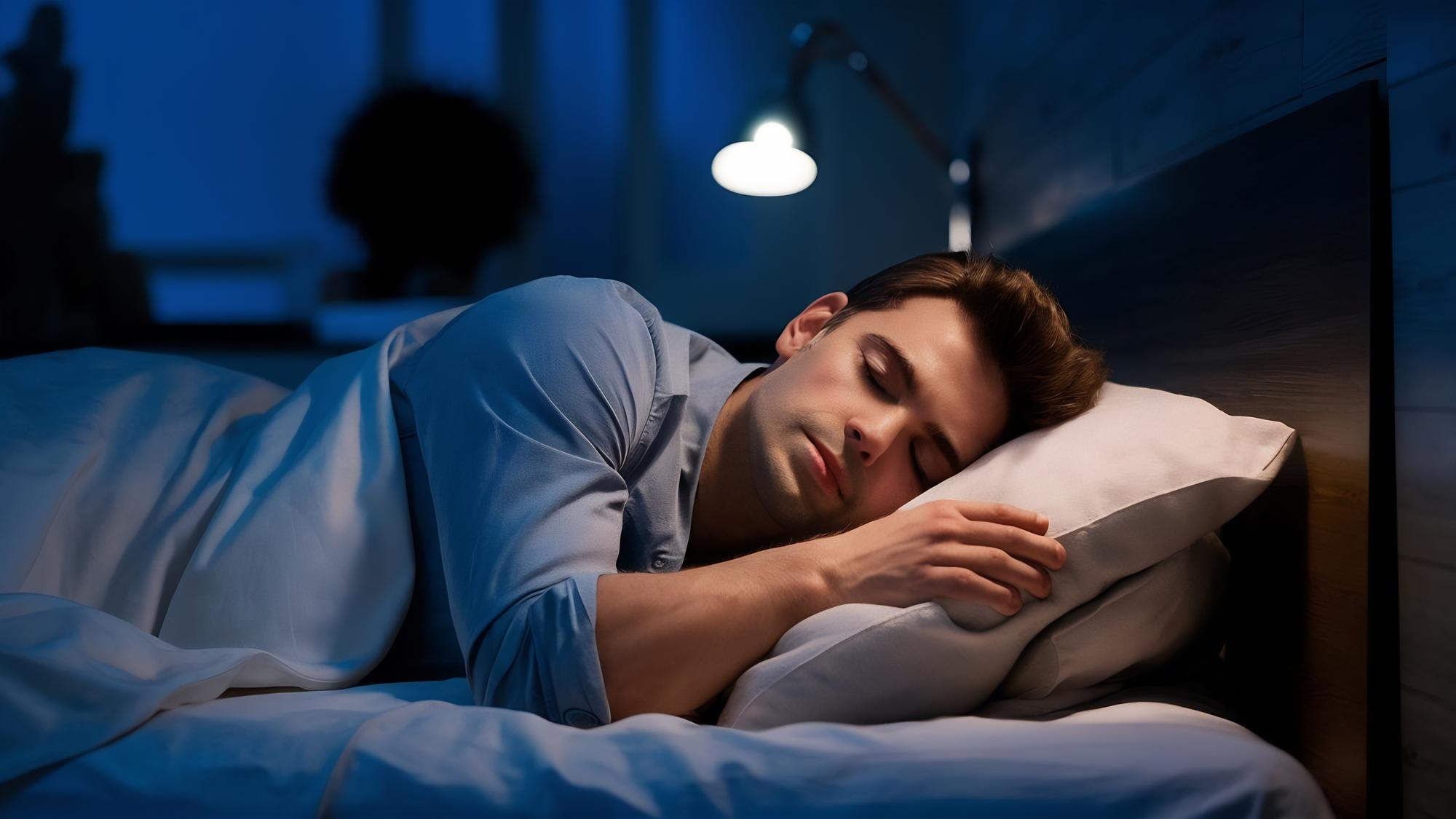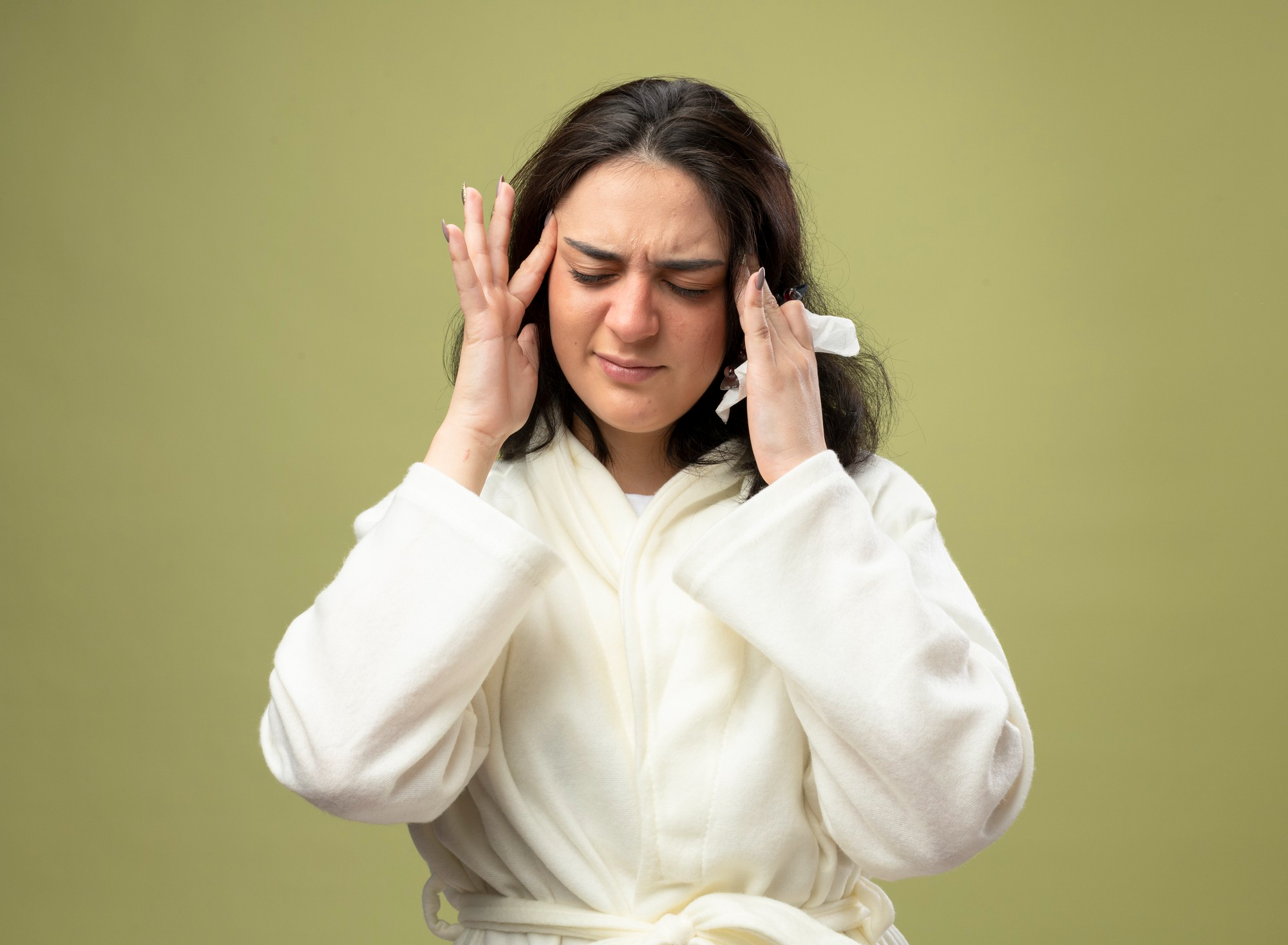
Woman experiencing severe migraine headache holding her temples in pain.
Migraines can not be considered as just normal headaches. They are a neurological ailment that may affect daily life, productivity and total well-being. An episode of migraine normally presents with intense, throbbing pain accompanied by nausea, light sensitivity and difficulty in concentrating. Although migraines are common, many people remain baffled by what sets off their headaches, how they might best be managed and what treatment options exist. This comprehensive guide to migraines will walk you through everything you need to know, from their causes and symptoms to prevention and long-term care.
A migraine is a type of headache that causes severe, pulsating pains, usually on one side of the head. Migraines can last anywhere from a few hours to several days if not treated. While the exact cause is still being researched, experts believe migraines occur due to changes in the brain and the interaction between nerves, blood vessels.and chemicals. The other important factors that play a major role include hormonal fluctuations, environmental triggers and genetic factors.
Symptoms of migraine may be different in different people, but in general, they have four phases. Not everyone suffers with all these phases but to understand them helps in recognising early warning signs.
Different people get different kinds of migraines. The following are some of the most common:
Many migraine attacks are triggered by specific factors. Identification of personal triggers should help prevent further attacks.
Some common ones include:
There is no single test for diagnosing migraines and doctors rely on a detailed discussion of symptoms, past medical history, lifestyle patterns and physical examination. Scans such as MRI or CT may be recommended in some cases to rule out other conditions. The keeping of a "migraine diary" recording triggers, frequency, duration and symptoms in detail will aid a doctor in making a more accurate diagnosis.
Management of migraine typically involves modifications in lifestyle, medications and preventive measures. Treatment depends on the frequency and severity of your symptoms.
Acute treatments include:
Preventive treatment options include:
Healthy lifestyle habits can go a long way in reducing the frequency of migraine attacks.
The good practices include:

Migraine recovery through sleep and relaxation in a quiet environment.
Though professional treatment is important, home care plays a major role in reducing discomfort during an attack.
Some helpful home remedies include:
Food choices can directly influence migraine frequencies. Ensuring stable energy levels and minimising inflammation will help prevent attacks.
Some tips are as follows:
Although most migraines can be cared for at home, medical assistance is important if you notice any of the following:

A woman with severe headache.
Migraine if left untreated, may worsen over time and impact your daily functioning. Thus, early medical intervention is important.
Long-term migraine care involves awareness, consistency and regular follow-up with a provider. Often, it is helpful to create a personalized migraine plan.
This plan may include:
The neurologists and pain management experts at Prakash Hospital have the necessary experience in diagnosing and treating migraine cases with advanced and personalized care. We try to offer comprehensive medical treatment, lifestyle guidance and prevention strategies that could be helpful in managing migraine symptoms. Our team works with you to identify your specific triggers and implement long-term solutions that improve your quality of life.
Migraine is a manageable yet very complex condition. Most individuals can considerably reduce their frequency and intensity with the right information, timely diagnosis and a structured approach to treatment. Knowing your triggers, keeping healthy, prevention and professional advice are generally essential steps in being in control of the migraine journey.
It is possible to live well and manage migraines effectively with constant care and the right support.
We offer expert care across key specialties, including Medicine, Cardiology, Orthopaedics, ENT, Gynaecology, and more—delivering trusted treatment under one roof.
Prakash Hospital Pvt. Ltd. is a 100 bedded NABH NABL accredited multispecialty hospital along with a center of trauma and orthopedics. We are in the service of society since 2001.
OUR SPECIALITIES
Contact Us
D – 12A, 12B, Sector-33, G. B. Nagar, Noida, Uttar Pradesh 201301
+91-8826000033

© 2025 All rights reserved.
Designed and Developed by Zarle Infotech